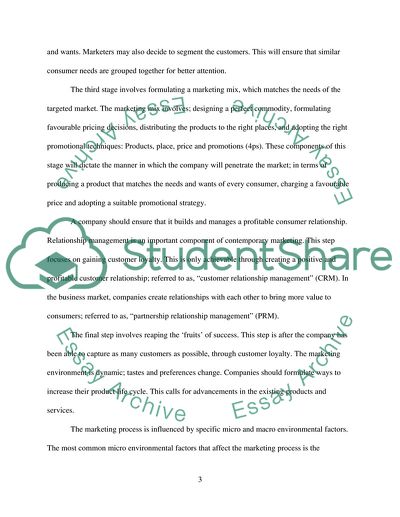Cite this document
(“Exam Essay Example | Topics and Well Written Essays - 1250 words - 6”, n.d.)
Retrieved from https://studentshare.org/marketing/1646256-exam
Retrieved from https://studentshare.org/marketing/1646256-exam
(Exam Essay Example | Topics and Well Written Essays - 1250 Words - 6)
https://studentshare.org/marketing/1646256-exam.
https://studentshare.org/marketing/1646256-exam.
“Exam Essay Example | Topics and Well Written Essays - 1250 Words - 6”, n.d. https://studentshare.org/marketing/1646256-exam.


